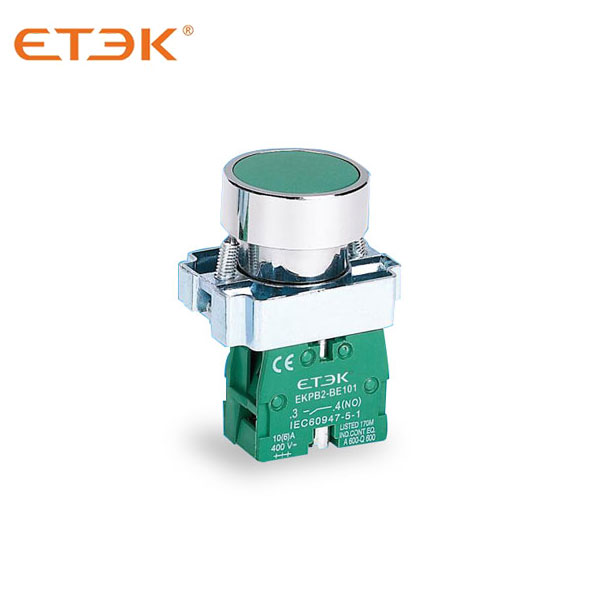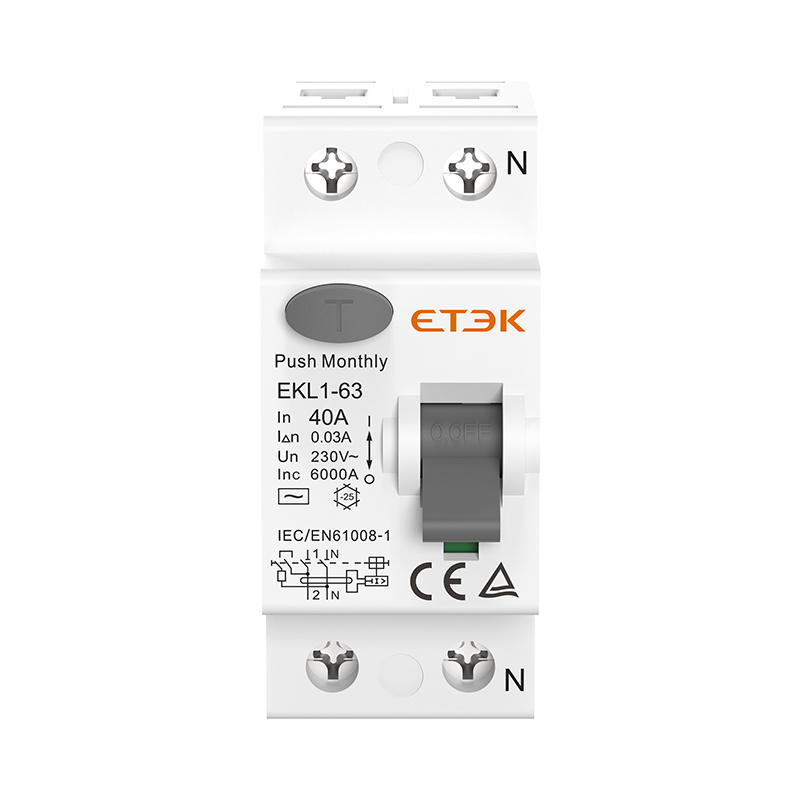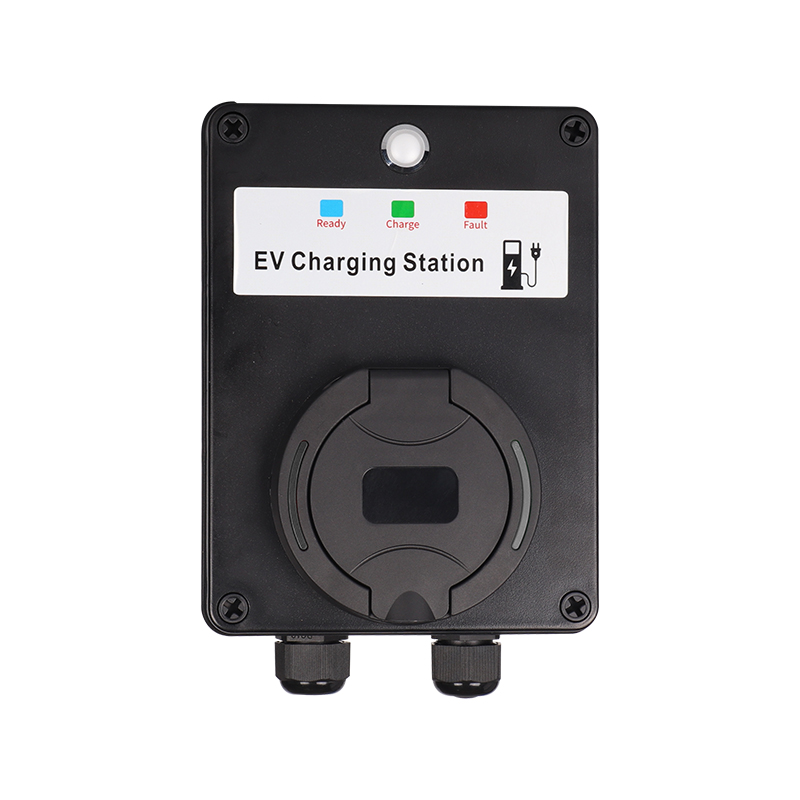What is Residual Current Operated Circuit Breaker?
In the vast digital and real - world landscape where electrical safety is a top concern, the Residual Current Operated Circuit Breaker (RCCB) plays a critical role. But what exactly is this device that is so vital for our electrical well - being?
1. Definition and Basics
An RCCB, also known as a ground fault circuit interrupter (GFCI) in certain areas, is an essential electrical safety device. Its primary function is to shield people and electrical installations from the perilous impacts of electric leakage current. This means that it acts as a vigilant guardian, constantly on the lookout for any abnormal current flow that could lead to dangerous situations.
2. How Does It Work?
The working mechanism of an RCCB is quite fascinating and is based on a simple yet effective principle of current comparison. Under normal electrical conditions, the current flowing through the live wire and the neutral wire is identical. Think of it like two lanes on a highway with the same number of cars moving at the same speed. However, when something goes wrong, such as a person accidentally coming into contact with a live conductor and current finding an alternative path through their body to the ground, the balance is disrupted. The current in the live wire then becomes slightly higher than that in the neutral wire.
The RCCB is equipped with advanced sensors that continuously monitor these two currents. Once the difference between the live - wire current and the neutral - wire current, known as the residual current, surpasses a pre - set value (usually 30mA for devices focused on protecting people), the RCCB springs into action. It quickly interrupts the circuit, usually within an incredibly short time frame of less than 0.1 seconds. This lightning - fast response can be the difference between a near - miss and a serious, life - threatening electric shock accident.
3. Applications
3.1 Domestic Use
In our homes, RCCBs are installed in distribution boards, acting as protectors for our beloved household appliances and, most importantly, our family members. In high - risk areas like bathrooms and kitchens, where water and electricity can potentially mix, RCCBs are non - negotiable. Just imagine a hair dryer accidentally falling into a sink full of water; the RCCB would cut off the power instantly, preventing a potential electrocution.
3.2 Commercial Applications
Commercial buildings, including offices, shops, and restaurants, also heavily rely on RCCBs. In an office environment, with numerous electrical devices such as computers, printers, and air conditioners, an RCCB ensures that the electrical system remains safe for employees and customers alike. In a restaurant, where there are often high - power kitchen appliances and a lot of water usage, an RCCB provides the necessary protection against electrical hazards.
3.3 Industrial Settings
Industrial facilities, with their complex and high - voltage electrical systems, depend on RCCBs to safeguard workers and expensive equipment from electrical dangers. Large machinery, conveyor belts, and other industrial equipment can pose significant risks if not properly protected. RCCBs help prevent equipment damage due to electrical faults, which could otherwise lead to costly downtime and repairs.
4. Importance
The significance of RCCBs cannot be emphasized enough. They are the front - line defenders against electric shock - related fatalities and injuries. By swiftly cutting off the power supply as soon as a leakage current is detected, they can save lives. Beyond that, they also serve as protectors of electrical equipment. Abnormal current leakage can not only harm people but also damage expensive appliances and machinery, leading to electrical fires and equipment failures.
In conclusion, the Residual Current Operated Circuit Breaker is an indispensable part of modern electrical systems. Whether you're an electrical engineer designing a new building, a contractor installing electrical systems, or simply a homeowner using electrical appliances daily, understanding the function, working principle, applications, and importance of RCCBs is crucial. It's not just about electrical safety; it's about ensuring a safer, more secure living and working environment for all.




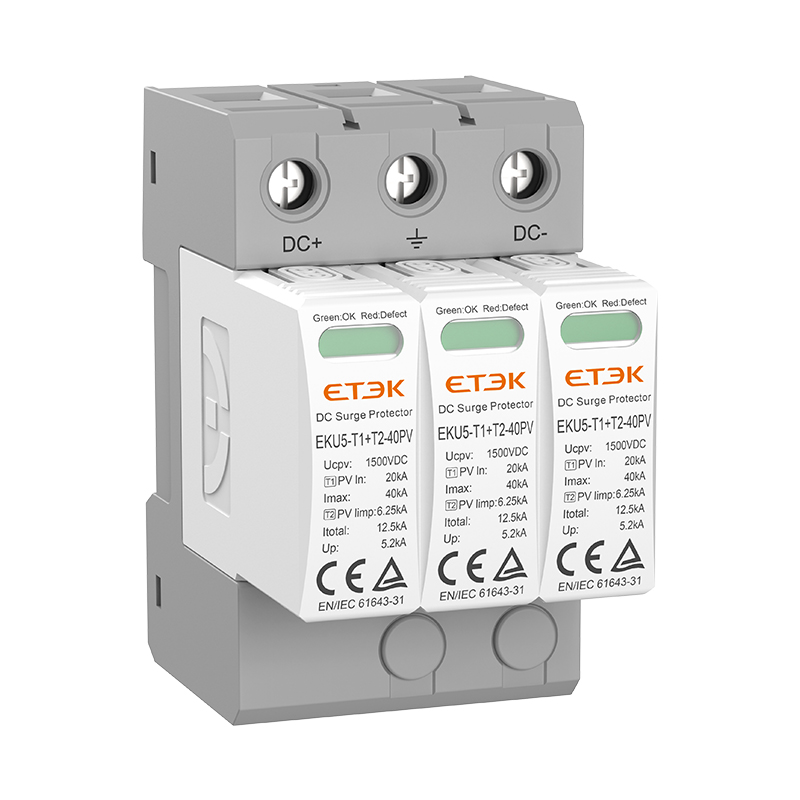
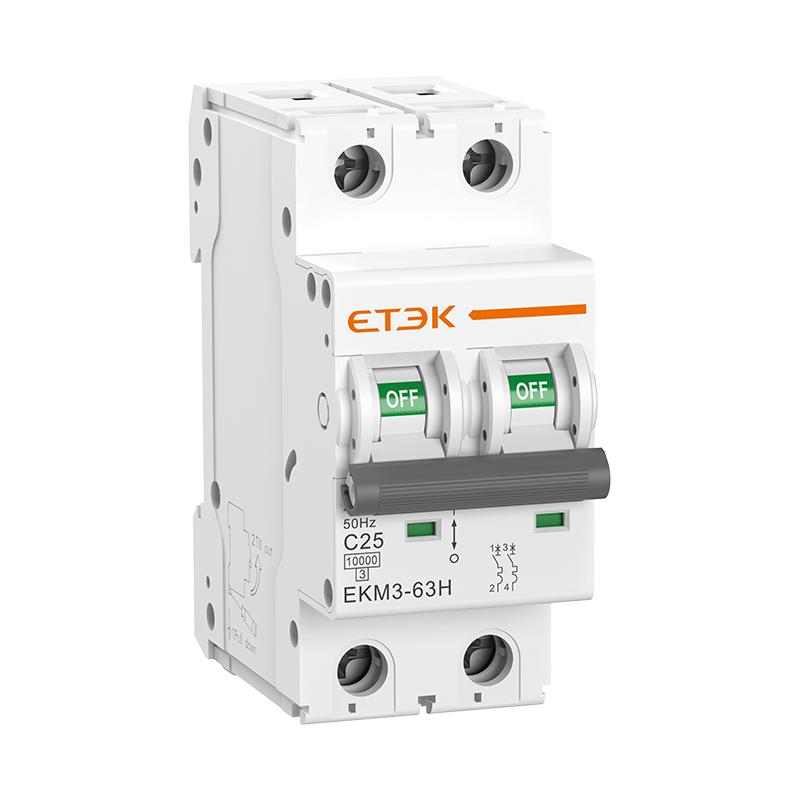
.jpg)
